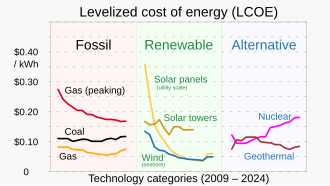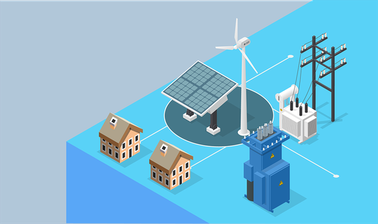Many local governments, corporations, and electric companies in the United States are setting clean energy goals as they increasingly recognize the need for a low-carbon future. Today, one-fifth of the world’s largest corporations have pledged to meet the zero-emission goal, and nearly 200 local governments in the United States have pledged to use 100% clean, renewable energy, and utilities. 361 electricity has set a clean energy target. or carbon reduction targets. But more Frontier Utilities Reviews need to be done to make this future a reality.
In 2020, the US electricity mix will consist of 60% carbon-generated generation, 20% renewables, and 20% nuclear. To transition the electricity sector to low-carbon infrastructure and help achieve these critical goals, the long-term infrastructure planning process allows for the necessary interventions to influence the future grid. Through these long-term resource plans, also known as Integrated Resource Plans (IRPs), electric companies plan how to meet future energy needs and consider energy options that can provide secure energy in this regard. reliable. . While businesses and local governments can buy renewable energy directly from their utilities or third-party vendors, IRPs affect clean energy opportunities by affecting the grid mix, and, in some cases, there are options to buy renewable energy – all of which affect how customers can afford energy. achieve their energy goals. IRPs can also address more important issues such as energy efficiency, electricity, and equity issues, such as equal access to resources, energy costs, and income. How local governments interact with public officials
Recognizing this key opportunity, consumers – including local governments – are becoming increasingly involved in infrastructure planning to facilitate the transition to clean energy. The City of Atlanta announced its utility from the 2019 IRP process during the regulatory approval phase by submitting a statement requesting greater renewable energy resources and energy efficiency measures. Following commitments from Atlanta and other large customers, the company doubled the amount of renewable energy it planned to purchase.
Local authorities are also working with their peers, raising their voices. In North Carolina, 14 local governments submitted responses to the North Carolina Utilities Commission showing how their electric utilities are affecting their ability to meet their greenhouse gas emission reduction goals, encouraging different design practices and comprehensive cost-benefit analysis.
System renewable energy

Some local governments are also using the IRP process to promote other local priorities around their climate goals. The City of Minneapolis has put all of its IRP definitions on equity, encouraging the utility, Xcel Energy, to support the transition of fair and just workers to clean energy, addressing the disproportionate impact of the front machines and pollution in low-income communities and communities of color and to make its program more accurate. In response to the initial responses and comments received during the regulatory approval process, Xcel Energy has decided to replace the construction plan of natural gas plants with new energy.
Barriers to clean energy and cost-effective manufacturing processes
Getting involved in the infrastructure planning process can be complicated and time-consuming, especially for local governments or other clients who don’t have a lot of capacity. To help local authorities navigate the process, WRI has developed a resource – the IRP Support Package – which provides a basic understanding of the IRP process and helps clients decide how to get involved. In addition, the Institute for Market Transformation has published a report that provides further guidance on IRP.

